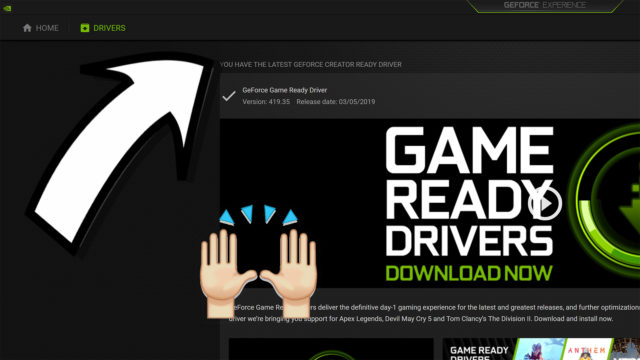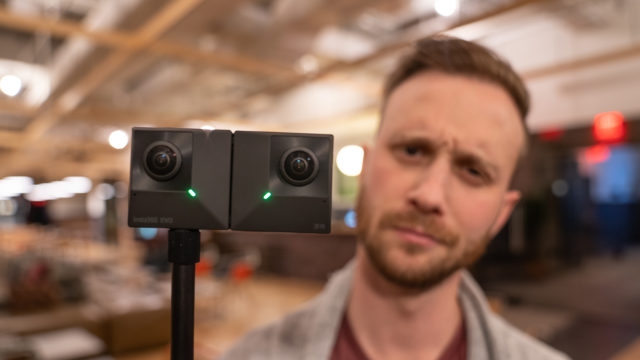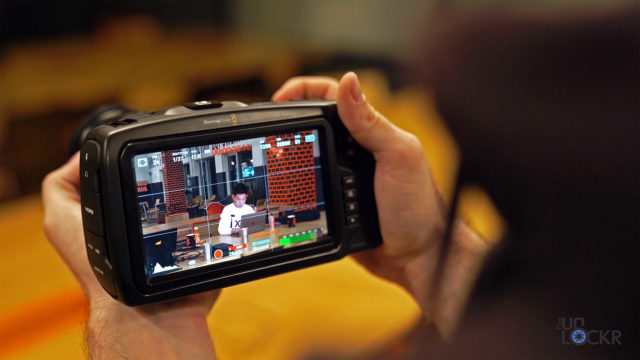How VR Content Is Made Will Blow Your Mind (Video)
Technical and Narrative Challenges
You, the viewer don’t have to be looking forward, in fact, forward doesn’t really exist in VR, for that matter, so the entire field of vision from that camera in every direction is in the scene.
Have you ever seen a behind the scenes on making a movie? Generally speaking if you were to look the opposite direction the camera is facing you’d see a lot of people from sound crew, grips, the director, etc. In VR, the audience can actually turn around and see that if they wanted so VR directors get clever hiding crew behind large objects, or even dress them as extras in the scene having a picnic nearby where the sound person is looking in a basket, not deciding what to eat, but checking that the audio isn’t peaking.
Beyond the logistics, there’s the issue of not knowing where the audience is looking at any given time. Directors have to utilize 3D sound like a loud thud to draw your attention to a fallen tree where the story continues, a firefly that might fly into your view and pray that you’ll follow it with your eyes, etc.
And, of course, there’s no guarantee. This is a big reason why VR is restricted to live events, or situations where the audience is just transported to a new location and can watch a lot of things unfold at once.
Beyond the narrative challenges, there’s also, well, vomit. Ever get nauseous on an amusement park ride or even get car sick? Essentially this happens because your body is feeling movement but your brain knows your legs or body isn’t moving so it basically decides that you must have ate something poisonous and it’s messing up your perception so we need to expel that out of our system as fast as possible. VR can make people nauseous for the same reasons.
So directors have to be extremely careful not to move the camera suddenly, tilt it at any weird angle, etc. This means no artistic close ups, wide shots, and whatever else we usually use to tell our “old fashioned 2D stories” and it also means cutting from scene to scene is a huge challenge, as well. Imagine being teleported around a house at the same speed as most movies now jump from one shot to the next.
How Post-Production Is Done for VR
On the post-production side, we then have the challenge of editing the footage we just captured. You can actually covert the footage from a VR camera into what is called an equirectangular video (think of it like how we use a map of the world, a stretched out version of a sphere with distortion at the top and bottom) and then edit that in any editing software like Premiere for example.
You would then edit it like normal with just keeping in mind the whole vomit issues and not try and jump cut all over the place. You can then use some plugins to either view it in 360 directly on the monitor or even in a compatible VR headset.
Audio is a little more complicated but made a lot simpler by some new plugins that allow you to map the audio in a 360 degree view which it then converts for stereo for you.
After filming and editing comes the next challenge: distribution.








ate with this video and article I felt like I won one of your giveaways LOL, really great, I watch it here first but I’m going to Youtube just to be able to “like” and comment the video there.
Thanks so much Chemey!!